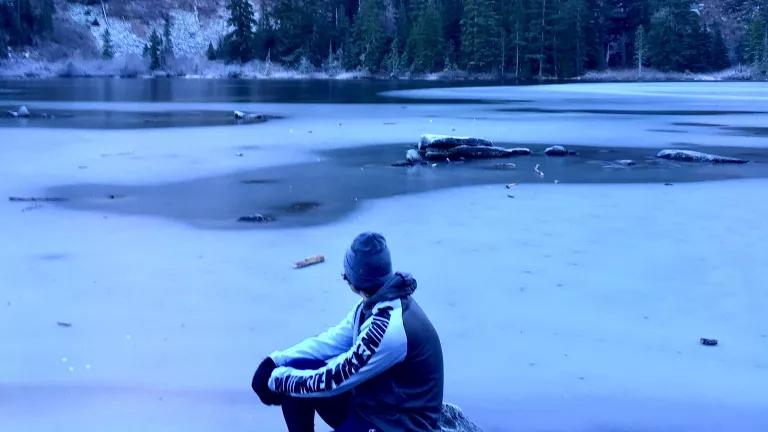One Year Later: Responding to the Supreme Court’s Attack on Clean Water
This weekend marks one year since the U.S. Supreme Court decided Sackett v. EPA, the worst judicial rollback of environmental protections ever.

Mountain ponds in in Western Washington
Jon Devine/NRDC
This weekend marks one year since the U.S. Supreme Court decided Sackett v. EPA, the worst judicial rollback of environmental protections ever. That ruling said that the federal Clean Water Act does not ordinarily protect wetlands, even though they are critically important by themselves and for the health of all kinds of other waterbodies. The Court also limited the law's ability to protect many other waters. This post checks in on what many of us in the clean water community, as well as key decision-makers, have done to try and pick up the pieces in the year since Sackett.
Here's the TL;DR: Because clean water and our freshwater ecosystems are too important to give up on, advocates and leaders have spent the last year fighting nationally and at the state level to safeguard wetlands, streams, and other waters, using whatever tools we can to restore protections and defend these waters from further rollbacks. We've had several wins (and some additional losses), as outlined below. One thing is very clear a year after Sackett: Nothing can replace the Clean Water Act, and we need to reinstate the protections that Congress originally enacted if we're going to fulfill the law’s promise to "restore and maintain the chemical, physical, and biological integrity of the nation's waters."
Before I talk about this past year, however, I want to highlight a study that the U.S. Fish & Wildlife Service did about wetlands in the continental United States during the period from 2009–19. That report revealed that the rate of wetlands loss in the country accelerated in recent years, and that the nation has lost approximately 670,000 acres of vegetated wetlands, mostly by conversion to much less ecologically valuable ponds. Why does that matter? Because it means our wetlands were seriously threatened even before the Court decided Sackett. And because the law before the ruling was not fully protecting critical resources, we must be extra-vigilant in efforts to limit the harm caused by the Court.
So, what has happened in the last year?
Last October, leaders in the U.S. House of Representatives introduced a bill to restore the protections the Supreme Court took away. The Clean Water Act of 2023 would amend the Clean Water Act to ensure its pollution control and environmental protections apply to the wetlands and other waters that the Supreme Court painted a target on. This bill is a great start but passing federal legislation—especially in a divided Congress—is not a quick and easy process, especially when (as is the case with clean water) there is a well-organized and deep-pocketed gang of industry opponents.
Several states took steps to improve their clean water programs, ranging from new proposed permitting and environmental review requirements in Colorado and Illinois to increased funding for implementation of clean water requirements and wetlands protections. Colorado’s bill recently passed through the state legislature and is expected to be signed very soon. By contrast, a handful of states have introduced (and a couple have enacted) rollbacks of their wetlands protection laws. For a helpful recap, the Clean Water for All coalition, of which NRDC is a member, recently released a wrap-up of post-Sackett activity in the states.
We’ve also focused on pushing federal administrative agencies to identify existing programs and other policy levers to enhance protections for now-vulnerable waters outside the traditional Clean Water Act regulatory requirements. In March, on World Water Day, the White House and several agencies released a fact sheet that highlighted some of these tools. The U.S. Army Corps of Engineers also put out a memo committing to enhance how it protects and restores wetlands and freshwater ecosystems through its programs. Last month, the White House announced the America the Beautiful Freshwater Challenge to protect, restore, and reconnect eight million acres of wetlands and 100,000 miles of our nation’s rivers and streams by 2030, which NRDC joined, along with more than 100 states, tribes, cities, businesses, and conservation groups. Also in April, the Bureau of Land Management finalized its Public Lands Rule, which modernized the agency’s strategies for conserving and restoring critical lands and waters on the 245 million acres that it oversees.
Overall, this year has been heartening because it shows that people across the country are not going to take the Supreme Court’s decision lying down. But our experience also tells us that we have a lot of work to do and that it will be tough sledding. One thing’s for sure: NRDC and our partners are not going away. We’re going to fight until the protections we need for our waterways are in place for communities in every corner of the nation.



